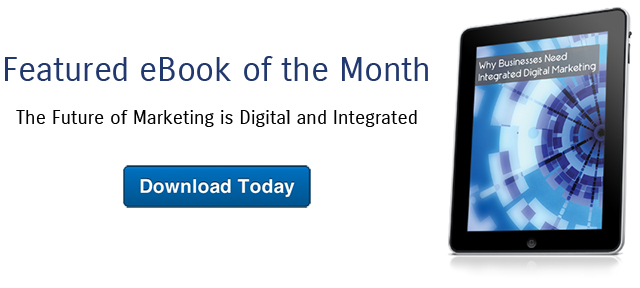Today’s sophisticated consumers are using mobile devices to access social media and business web/ecommerce sites. They’re roaming the streets clutching smartphones and tablets looking for things to do or to buy. To compete in this new SoLoMo environment, businesses need an integrated approach. Brands need to get social, think local, and spend (on) mobile.
WHY SoLoMo?
The future of social is mobile. According to 2012 US consumer data from Nielson, 85 million social media users are accessing their favorite social networks via smartphone apps, and 81 million from mobile web browsers. In a similar study of US mobile users, Nielson found that social media engagement was the second most popular mobile activity (behind texting), monopolizing 10.2% of all time spent on mobile devices. The deep connection between social and mobile should come as no surprise when you consider that mobile users prefer visual, concise, and contextually relevant content.
Contextual relevance is where the “local” in SoLoMo comes into play. Interestingly, in the aforementioned Neilson study, accessing maps/location-based apps was one of the top eight most popular activities for US mobile users (2.8%), almost paralleling mobile browser usage (3.3%).
The importance of contextual relevance in SoLoMo is further underscored by the findings of another 2012 Nielson study on smartphone shopper activities, which reveals that 78% of mobile shoppers turn to their smartphones to find a store, 63% to check prices online, and 22% to comment on a purchase. These data anecdotally suggest social mobile apps providing user-generated reviews and location-based offers have a significant influence on mobile consumers.
Companies with a brick-and-mortar presence need to ensure they are easily accessible when prospects are nearby. Whether it’s SMS Text Marketing, local SEO, local discounts and offers, geo-fencing, or location-specific daily deals, proximity creates top of mind awareness and drives conversion. Each of these geo-local marketing techniques is most effective when executed with a SoLoMo mindset.
MOBILE APPS ABOUNDING
As mobile device usage proliferates, users are becoming ever-more reliant on mobile apps for search and targeted needs discovery. The mobile apps (whether from brands or third party app developers) which provide simple and convenient user experiences and allow for painless conversions will be the real winners. Get ready for a spate of geo-local, retail, and specific-use mobile apps to pop up in the coming years.
I like mobile apps (setting aside the web vs native vs hybrid argument for now); I think they are the future, and eventually almost every company will offer some form of mobile app to enhance, connect, simplify, etc.
Regardless of your position on mobile apps, your brand should take mobile seriously, reviewing all marketing and operational processes through a mobile lens. Are you spending resources (financial and human) to ensure your organization is optimized for mobile (whatever that might mean for you)? If not, why not?
DON’T FORGET THE PI
Companies and marketers who want to be on the right side of the historical shift to SoLoMo should recall the PI principle…not the famous mathematical formula, the OTHER PI principle:
Participate – If both you and your brand have not gone social mobile, it’s high time. Part of achieving success in business is to know when to recognize a fad from a paradigm shift. Beepers=fad. QR Codes=Fad. Social Media=paradigm shift. Mobile=Paradigm shift.
Hey, I’m all for waiting on the sidelines until a new business technology fully proves itself. For social media, the train left the station some time in 2011; for mobile, it left sometime last year.
Integrate – The concept of integration in technology has a long pedigree, ever since Thag first attached a wheel to his barrow. However, the widespread adoption of Internet, social, and mobile technologies by an increasingly demanding consumer base requires your brand combine SoLoMo into one integrated digital marketing strategy.
The bottom line? Time to get social, think local, and spend mobile.

